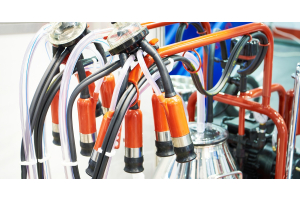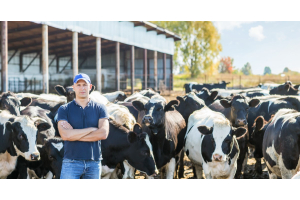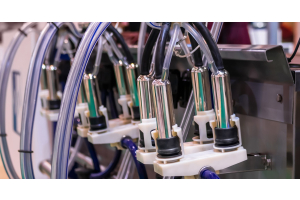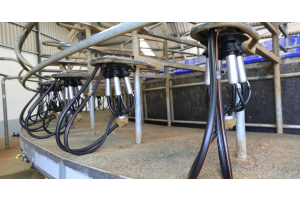How Milk Cooling Tanks Help Meet Dairy Industry Regulations
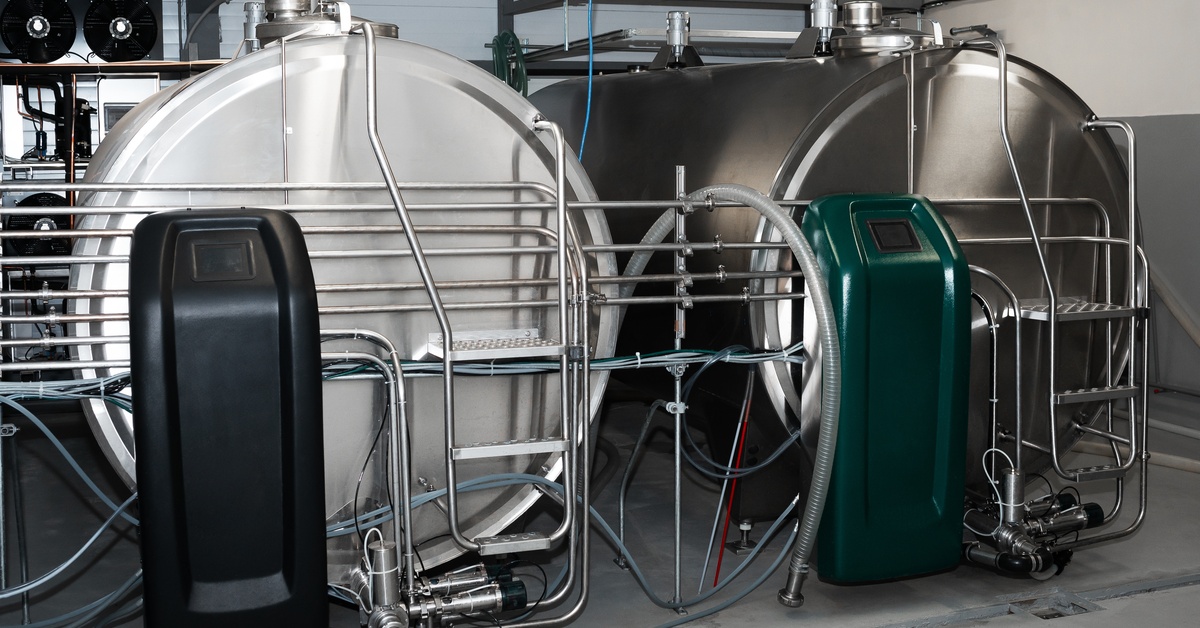
Dairy farmers face increasingly stringent regulations that govern every aspect of milk production, from initial collection to final delivery. Meeting these standards requires precision and consistency. Learn how cooling tanks help meet dairy industry regulations to support your entire operation.
Milk Temperature Control
Regulatory agencies mandate specific temperature ranges for milk storage to prevent bacterial proliferation and maintain product safety. Fresh milk needs cooling to temperatures between 33 and 38 degrees Fahrenheit within prescribed timeframes after milking to meet industry standards. Cooling tanks accomplish this rapid temperature reduction through efficient heat exchange systems that work continuously to maintain optimal conditions.
Temperature violations result in milk rejection, financial losses, and regulatory penalties that affect the operation’s profitability. Investing in reliable cooling equipment ensures your milk consistently meets temperature requirements from the moment it enters storage until pickup occurs.
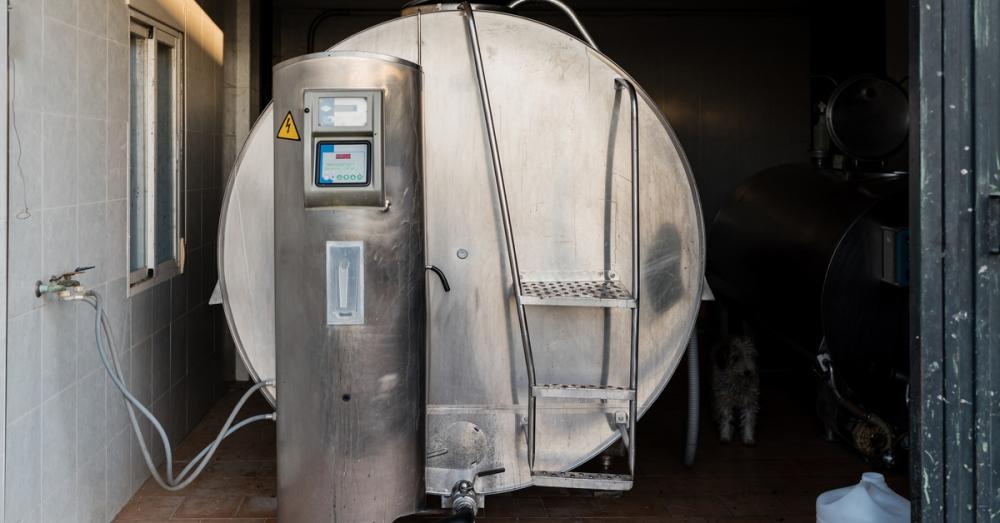
Quality Preservation
Maintaining uniform milk quality across multiple milking sessions requires stable storage conditions that prevent degradation and contamination. Cooling tanks provide the consistent environment necessary to preserve milk’s nutritional value, taste, and safety characteristics throughout the storage period.
Temperature fluctuations trigger chemical changes that affect milk composition and lead to quality downgrades during processing facility evaluations. Your cooling system’s ability to maintain steady conditions directly impacts your milk’s grade classification and the premium prices you receive. Milk with consistent quality leads to better relations with your customer base, improving the popularity of your farm and casting a wider net for new business.
Efficient Cooling Processes
Advanced cooling systems incorporate energy-efficient technologies. The result is reduced operational costs and environmental harm. The refrigeration components optimize power consumption to cool the milk and maintain the temperature without excessive energy use.
These improvements to your cooling processes reduce your operation’s carbon footprint. As a result, your business can align with the initiatives promoted by environmental organizations.
Hygienic Milk Storage
Sanitation standards require milk storage systems that prevent contamination and allow thorough cleaning between uses to maintain food safety compliance. Cooling tanks feature smooth interior surfaces, rounded corners, and accessible components that facilitate complete cleaning and sanitization according to established protocols.
Proper sanitation prevents bacterial growth that could compromise milk safety and lead to regulatory violations or product recalls. Align your cleaning procedures with industry standards and ensure your equipment supports these requirements through thoughtful design and construction.
Traceability and Record-Keeping
Regulatory compliance increasingly requires detailed documentation of milk handling procedures, temperature maintenance, and storage conditions throughout the production chain. Advanced cooling tanks automatically generate and store temperature records with monitoring systems.
Milk cooling systems meet dairy industry standards by providing traceable documentation. These records are vital for inspections and audits, so you can demonstrate your commitment to proper handling procedures and food safety regulations.
Digital record-keeping eliminates paperwork errors and supports data accuracy. Comprehensive documentation protects your operation during regulatory reviews and supports your reputation as a quality-focused producer.
Rapid Cooling for Safety Assurance
Industry regulations specify maximum timeframes for cooling fresh milk to safe storage temperatures below 40 degrees Fahrenheit within an hour, requiring equipment capable of rapid heat removal immediately after milking. Effective cooling systems prevent the temperature danger zone where harmful bacteria multiply rapidly and compromise milk safety. Meeting rapid cooling requirements guarantees that the milk is safe for processing and consumption.
It’s important to remember that the speed of the cooling process directly affects bacterial counts. Processors monitor bacterial counts to evaluate the milk’s quality and safety. Your investment in adequate cooling capacity is a valuable way to consistently meet timing requirements and find opportunities for scalable solutions.
Scalable Solutions for All Farm Sizes
Regulatory requirements apply across dairy operations regardless of size, making properly sized cooling equipment essential for farms ranging from small family operations to large commercial facilities.
Cooling tanks come in various capacities. As a result, you can match the equipment size to the production volume without investing too much money in excessive equipment. Consider Parts Department’s Milkplan bulk tank that offers configurations that match your production requirements.
Reduction of Energy Waste
Environmental regulations increasingly emphasize energy efficiency and waste reduction in agricultural operations, making equipment selection important for long-term compliance. Energy-efficient cooling tanks reduce power consumption through improved insulation, variable-speed compressors, and optimized refrigeration cycles.
Reduced energy consumption lowers operational costs while demonstrating environmental stewardship that aligns with sustainability initiatives promoted by industry organizations. Efficient equipment reduces your operation’s environmental impact.
Improved Milk Yield Management
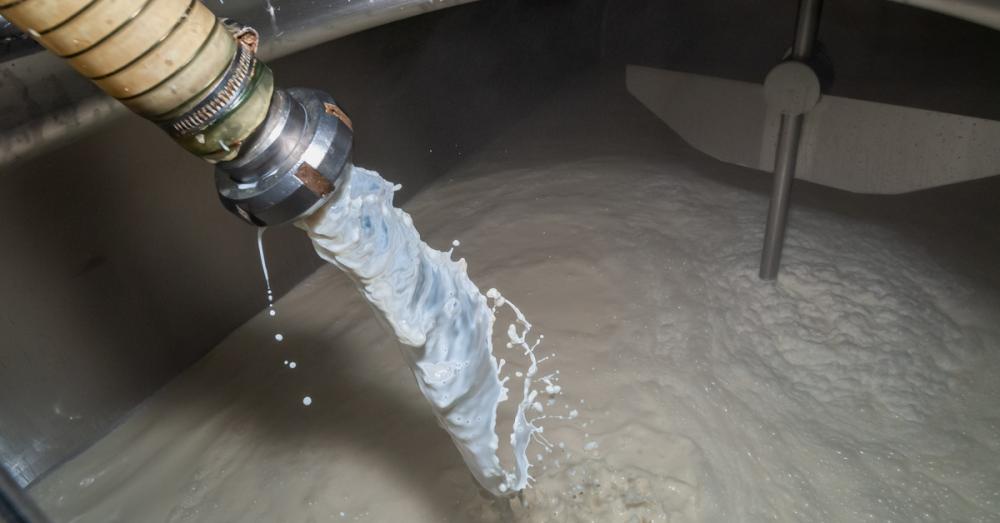
Effective cooling and storage systems prevent milk spoilage that would otherwise result in product loss and reduced revenue from your dairy operation. Preventing spoilage maximizes the value of your production investment while supporting resource efficiency standards promoted in regulatory frameworks.
Proper yield management reduces waste that impacts profitability and environmental compliance in your overall operation. Maximizing usable yield from the production capacity supports a return on investment.
Support for Pasteurization Requirements
For seamless integration into processor workflows, cooling tanks ensure the milk leaves the farm at the appropriate temperature to meet quality standards. Meeting processor temperature requirements maintains your preferred supplier status.
Design Standards for Regulatory Compliance
Modern cooling tanks incorporate construction materials, design features, and manufacturing standards that facilitate compliance with dairy industry regulations and food safety requirements. Equipment manufacturers build regulatory compliance into their designs through material selection, surface finishes, and component accessibility that support required cleaning and maintenance procedures.
Compliance-focused design eliminates potential regulatory issues while ensuring your equipment investment supports long-term operational success. Selecting equipment built to regulatory standards protects your investment and ensures continued compliance as regulations evolve. Design standards provide the foundation for operational procedures that maintain compliance throughout your equipment’s service life.
Success in dairy farming requires equipment investments that support current regulatory requirements and anticipated future standards while maintaining operational efficiency. Your cooling system represents a foundation investment that affects every aspect of milk quality, safety, and regulatory compliance throughout your operation.
Make Parts Department your chosen equipment supplier for access to industry knowledge and technical support that helps you navigate regulatory requirements effectively. Strategic equipment investment positions your operation for long-term success in an increasingly regulated and competitive dairy industry.






